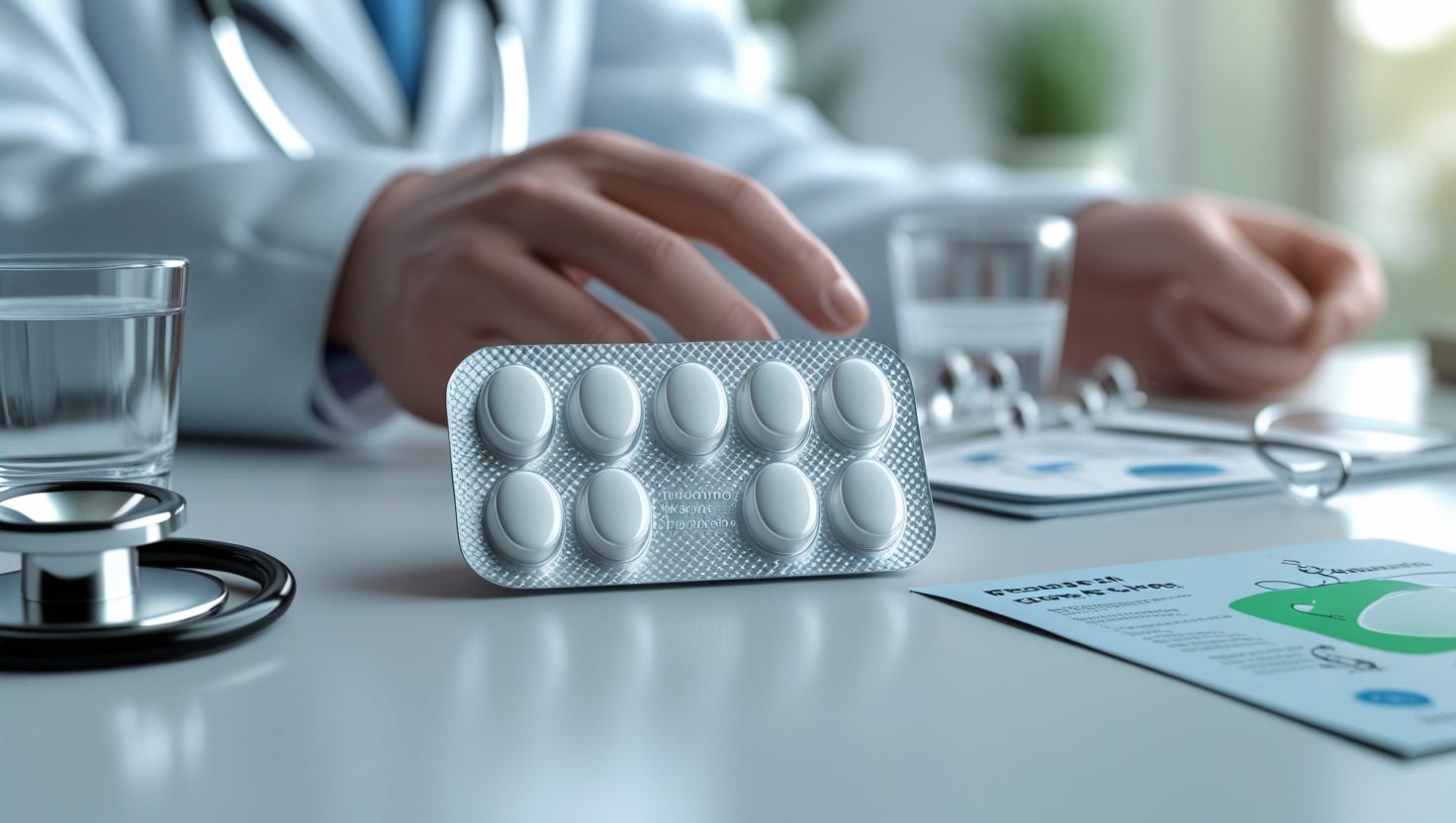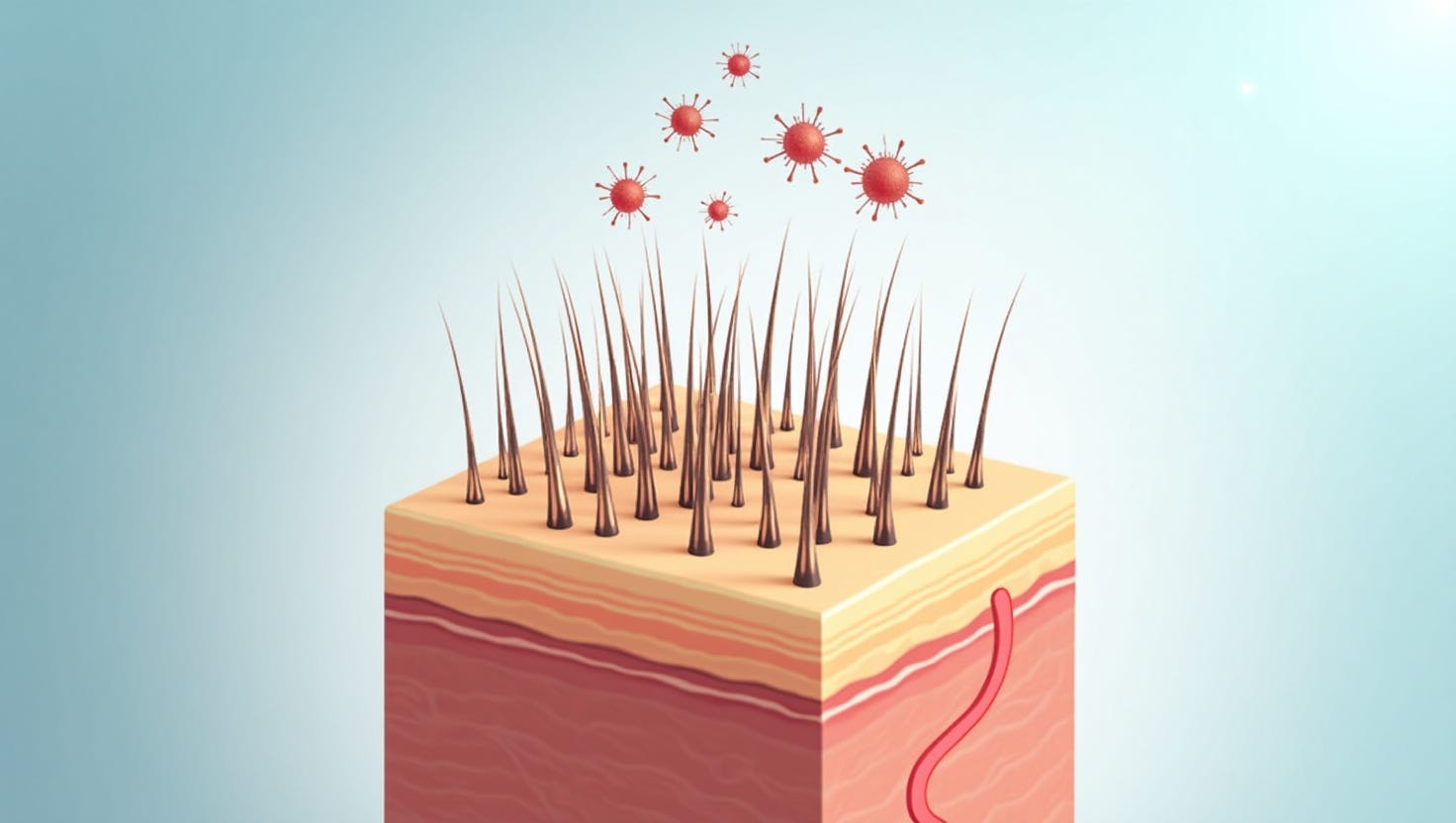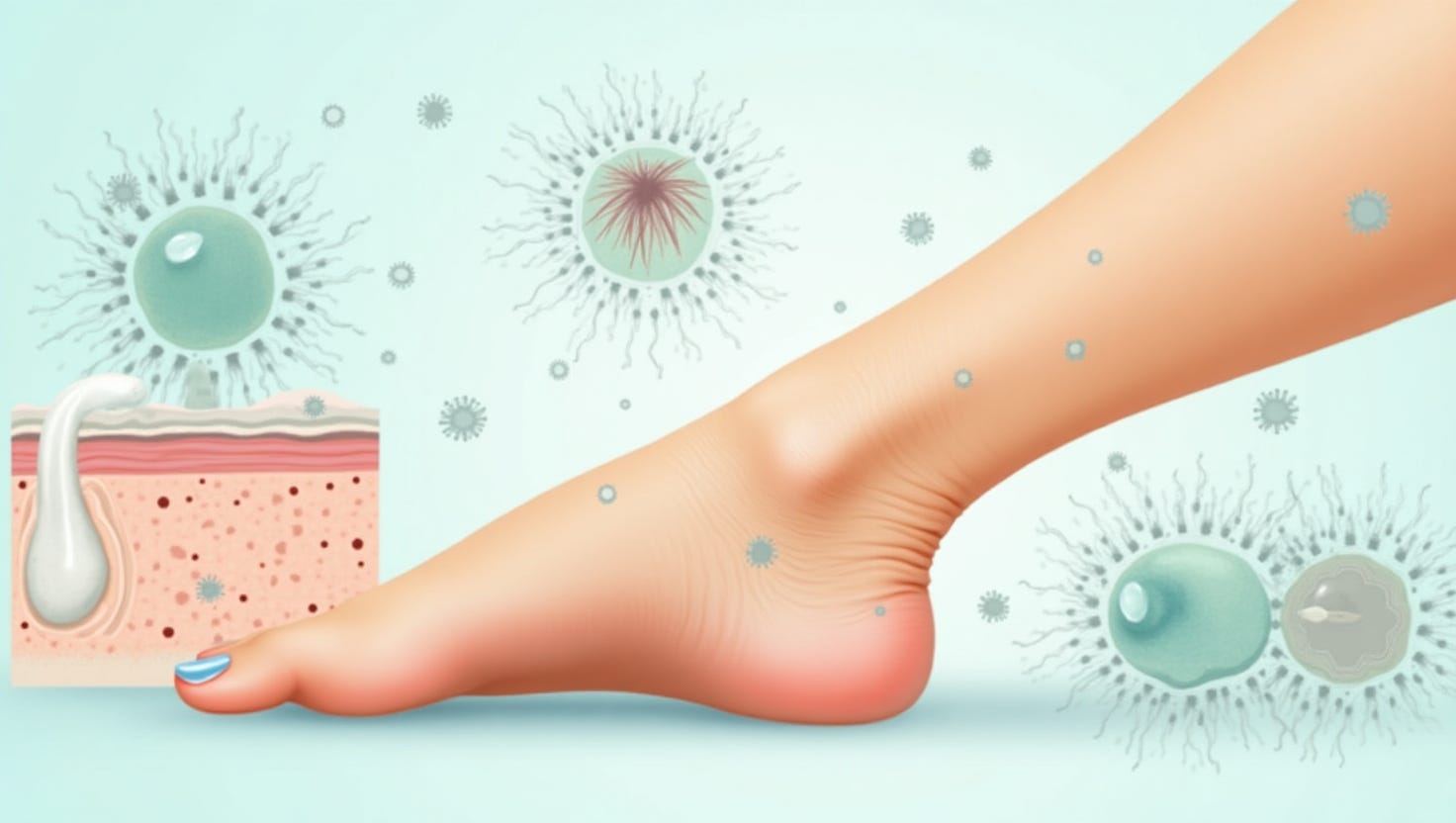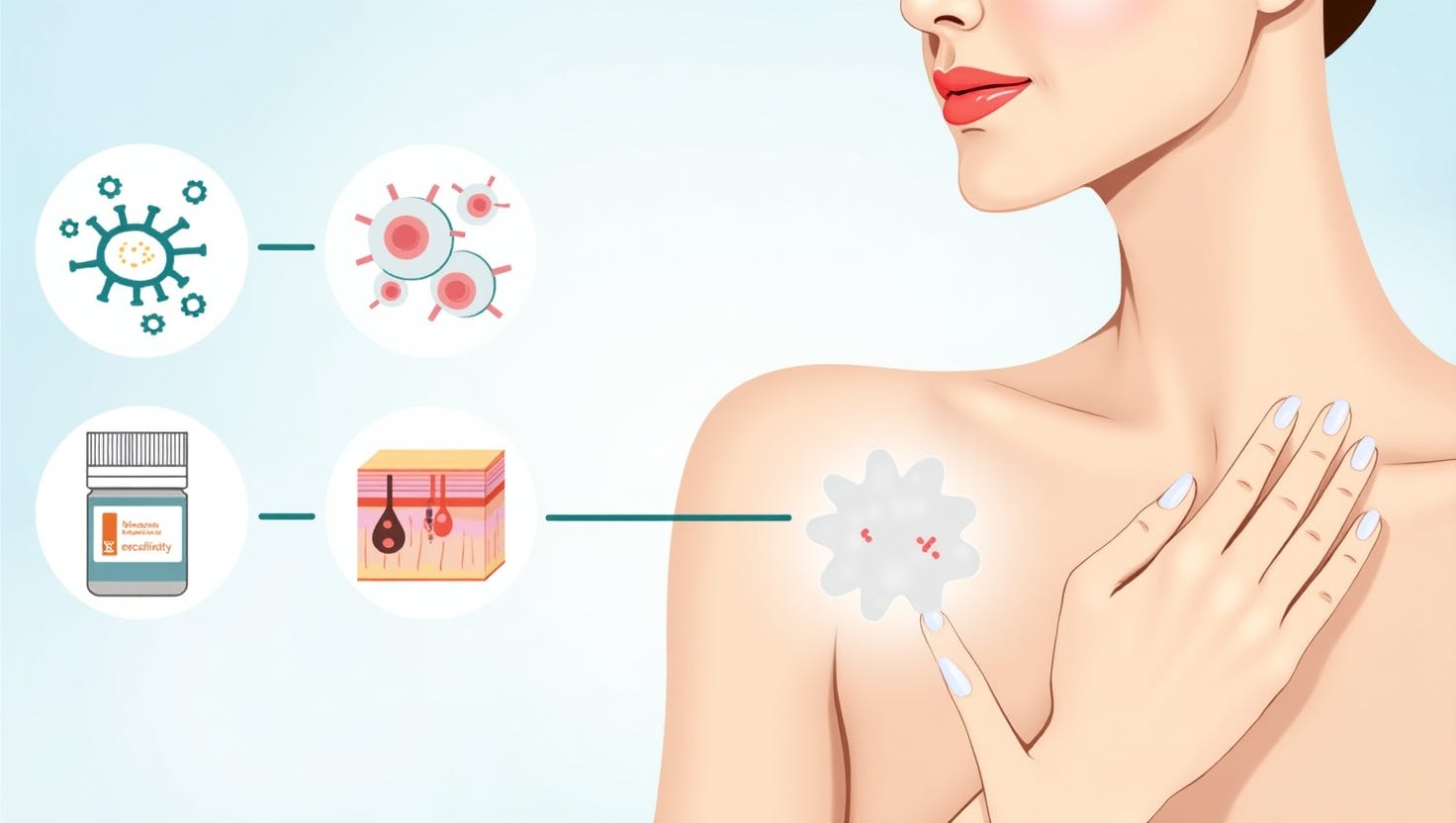Seborrheic Dermatitis: Causes And Natural Remedies

Table of Contents
- Understanding Seborrheic Dermatitis
- What Causes Seborrheic Dermatitis?
- Natural Remedies For Seborrheic Dermatitis
- Practical Tips for Managing Symptoms
- When To Seek Medical Attention
- Conclusion
- FAQs about Seborrheic Dermatitis Treatment
Understanding Seborrheic Dermatitis
Seborrheic dermatitis is a chronic inflammatory skin condition. On the scalp, it can lead to stubborn dandruff, and when it appears on the face or body, it often forms red, scaly patches, typically on the eyebrows, sides of the nose, ears, eyelids, and chest.
What Causes Seborrheic Dermatitis?
The exact causes of Seborrheic Dermatitis isn't fully understood, but several factors seem to contribute:
- Yeast: A type of yeast called Malassezia is found on the skin of most adults, but its overgrowth seems to irritate the skin, leading to seborrhoeic dermatitis in susceptible individuals.
- Genetical cause: There might be a genetic component, as it sometimes runs in families.
- Hormones: Hormonal fluctuations or imbalances might play a role.
- External factors: Many external factors, such as stress, fatigue, extreme weather conditions, and infrequent shampooing or skin cleaning, can worsen the condition.
- Medical conditions: It is more common in people with Parkinson's disease, HIV, and epilepsy.
Natural Home Remedies For Seborrheic Dermatitis
Seborrheic dermatitis is common yet discomforting. It predominantly affects the scalp and oily regions of the skin. While medical treatments are readily available, there are also seborrheic dermatitis natural treatment that can offer relief. These nature-inspired treatments focus on alleviating irritation and inflammation while promoting skin health. Always consult with a healthcare professional before incorporating these into your treatment.
- Tea Tree Oil: Known for its antifungal and anti-inflammatory properties, diluted tea tree oil can help reduce the severity of symptoms.
- Aloe Vera: Known for its soothing and anti-inflammatory effects, aloe vera can immediately relieve itching and irritation. Applying aloe vera gel can soothe the skin, reducing redness and scaling.
- Apple Cider Vinegar: Its acidic nature can help reduce the proliferation of yeast. Mix with water and apply to the affected area, but ensure it doesn’t irritate your skin.
- Coconut Oil: It works as a moisturiser and has antifungal properties, making it a dual-action remedy. Enriched with moisturising and anti-inflammatory properties, coconut oil can relieve dryness and flakiness. You can apply a small amount of virgin coconut oil to the affected area and allow it to absorb into the skin.
- Honey: Its antimicrobial and anti-inflammatory properties can soothe and treat the affected skin. Apply a mixture of raw honey and warm water to the area, let it sit, and then rinse.
Natural remedies for seborrhoeic dermatitis offer a gentle yet effective means to manage and alleviate symptoms. It’s essential to consult a healthcare professional to tailor a treatment plan for your specific needs and conditions.
Practical Tips For Managing Symptoms
Managing the symptoms of seborrhoeic dermatitis involves a combination of medical treatments, natural remedies, and lifestyle modifications. Here are some practical tips that can aid in alleviating the discomfort and appearance of this skin condition:
- Regular Cleansing: Regularly shampooing your scalp with a gentle shampoo can reduce oiliness and skin cell buildup.
- Over-the-counter (OTC) Treatments: Look for products with pyrithione zinc, selenium sulfide, or ketoconazole, which can help control yeast growth.
- Avoid Harsh Products: alcohol-based or other drying skincare products can worsen symptoms. Opt for gentle, hydrating products instead.
- Minimise Stress: Stress is a known exacerbating factor. Incorporating relaxation techniques, like meditation and deep breathing exercises, can be beneficial.
- Stay Hydrated: Drinking adequate water keeps your skin hydrated, potentially reducing flare-ups.
- Sun Exposure: Limited sun exposure can improve symptoms for some. However, always wear sunscreen to protect against UV radiation.
- Avoid Scratching. Scratching can worsen inflammation and even lead to infections. If itching is a significant issue, consult a dermatologist for appropriate treatments.
- Dietary Considerations: Adapting a healthy lifestyle can help improve your condition.
When To Seek Medical Attention
When employing natural remedies for seborrhoeic dermatitis, it’s crucial to be attentive to your body's responses. Seek medical attention if you experience symptoms, allergic reactions, or if the condition spreads to large body areas.
Conclusion
When natural remedies fall short in your battle against seborrheic dermatitis, Kaya Skin Clinic steps in with its expertise and advanced solutions:
Personalised Treatments: Kaya's dermatologists tailor treatments to your condition, ensuring precision.
Medicated Products: We offer medicated shampoos and topical treatments to combat stubborn seborrheic dermatitis.
Advanced Therapies: Procedures like chemical peels and phototherapy can be employed for resistant cases.
Ongoing Support: Our team provides continuous guidance and adjustments to treatment plans.
Safety Assurance: With us, you benefit from clinically tested products and professional oversight.
Seborrheic dermatitis can be challenging, but with Kaya's expertise and effective treatments, you can regain confidence and achieve healthy, beautiful skin. Trust Kaya skin clinic for lasting solutions and support. Do let seborrheic dermatitis medication hold you back; trust Kaya for effective solutions.
FAQs About Seborrheic Dermatitis Treatment
Q1. What are the common triggers for seborrheic dermatitis flare-ups?
A1. Common triggers for seborrheic dermatitis flare-ups include yeast overgrowth, hormonal imbalances, stress, extreme weather conditions, and infrequent shampooing or skin cleaning.
Q2. Are there any natural remedies that can help manage seborrheic dermatitis symptoms?
A2. Yes, natural remedies such as tea tree oil, aloe vera, apple cider vinegar, coconut oil, and honey have been found to alleviate symptoms of seborrheic dermatitis by reducing inflammation and irritation.
Q3. How can I manage seborrheic dermatitis symptoms on a day-to-day basis?
A3. Practical tips for managing seborrheic dermatitis symptoms include regular cleansing with a gentle shampoo, using over-the-counter treatments containing ingredients like pyrithione zinc or ketoconazole, avoiding harsh skincare products, minimizing stress, staying hydrated, and protecting the skin from sun exposure.
Q4. When should I seek medical attention for seborrheic dermatitis?
A4. You should seek medical attention if you experience severe symptoms, allergic reactions to treatments, or if the condition spreads to large body areas despite using natural remedies. Consulting a dermatologist is essential for proper evaluation and tailored treatment.
Q5. How can Kaya's best seborrheic dermatitis treatment?
A5. Kaya offers personalized treatments for seborrheic dermatitis, including medicated shampoos and topical treatments. Advanced therapies like chemical peels and phototherapy are also available for resistant cases. With Kaya's expertise and effective solutions, individuals can regain confidence and achieve healthy, beautiful skin.











